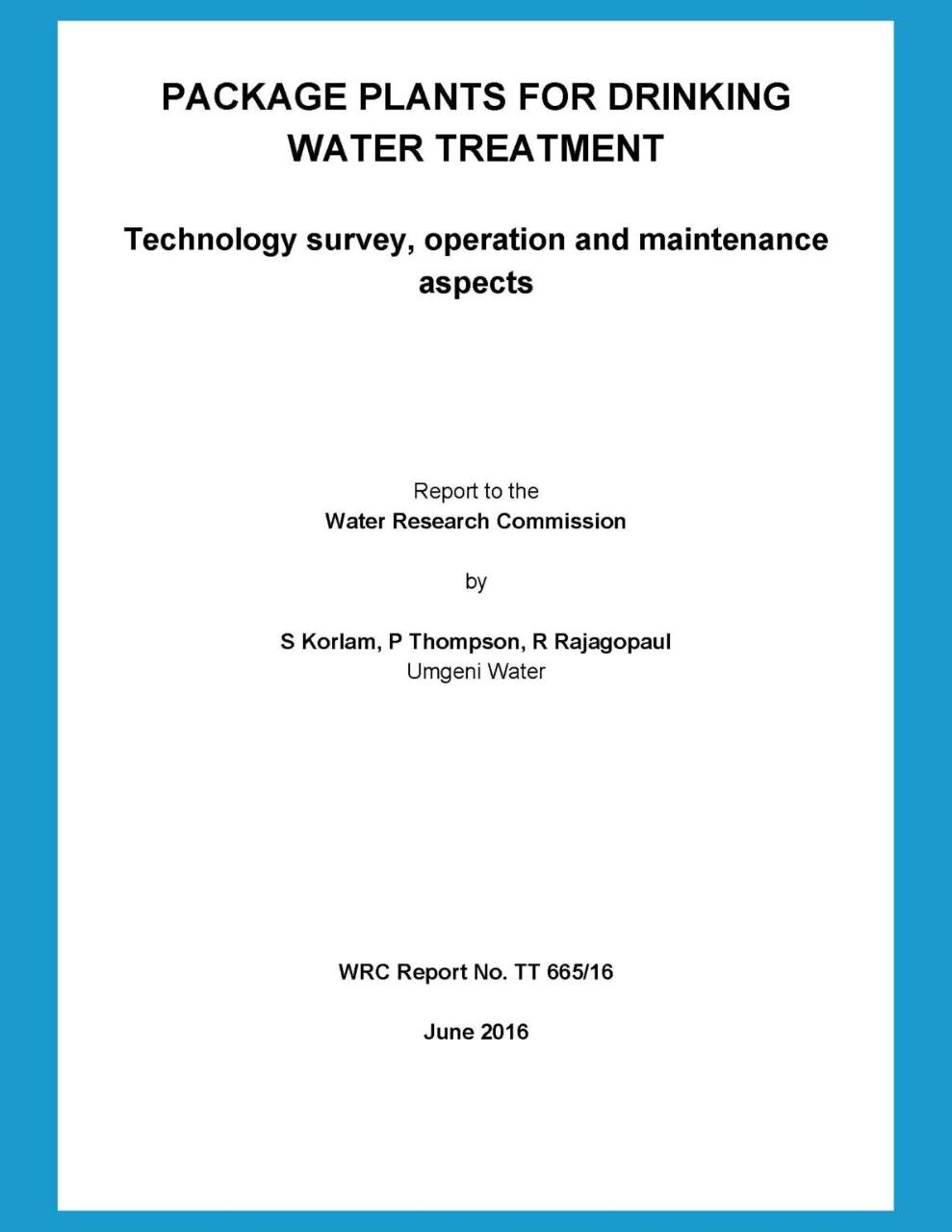Manual of the Human Rights to Safe Drinking Water and Sanitation for Practitioners
Manual of the Human Rights to Safe Drinking Water and Sanitation for Practitioners
Source: https://www.iwapublishing.com
The adoption in 2010 of United Nations (UN) resolutions 1 recognising the Human Right to Safe Drinking Water and Sanitation has opened new perspectives for the achievement of universal access to water and sanitation services. It has also created new opportunities and challenges for water and sanitation practitioners around the globe. Both the United Nations General Assembly (in July 2010) and the United Nations Human Rights Council (in September 2010) acknowledged that access to safe drinking water and sanitation is a right implied by the established human right to an adequate standard of living. And, that it is linked intrinsically to the rights to adequate housing, to the highest attainable standard of health and to life.
Only logged in customers who have purchased this product may leave a review.
Related products
A Study on the Introduction of Artificial Intelligence Technology in the Water Treatment Process
A Study on the Introduction of Artificial Intelligence Technology in the Water Treatment Process
An Integrated Photoelectrochemical Zero Liquid Discharge System for Inland Brackish Water Desalination
An Integrated Photoelectrochemical Zero Liquid Discharge System for Inland Brackish Water Desalination
Package Plants For Drinking Water Treatment
Package Plants For Drinking Water Treatment
Introduction to Water Treatment
Introduction to Water Treatment
Analysis of the Membrane Alternatives Suitable for Kvarnagården Water Treatment Plant.
Analysis of the Membrane Alternatives Suitable for Kvarnagården Water Treatment Plant.
Recommended Standards for Water Works
Recommended Standards for Water Works
Aerogel & Iron-Oxide Impregnated Granular Activated Carbon Media For Arsenic Removal
Aerogel & Iron-Oxide Impregnated Granular Activated Carbon Media For Arsenic Removal
Inorganic Contaminant Removal
- Inorganic contaminant treatment selection considerations
- Advanced inorganic contaminant removal chemistry terminology
- Advanced inorganic contaminant removal chemistry explanations
- Conventional filtration and how it relates to inorganic removal
- Detailed information on treatments for iron and manganese removal
- Detailed information on treatments for hardness removal
- Detailed information on inorganic contaminant monitoring protocols
- Detailed tables on the following topics:
- Sources of 26 inorganic contaminants
- Common secondary standards with effects, inorganic contributors and indications
- Various treatment technology options to consider for 24 inorganic contaminants
- Potential forms of iron and manganese
- Iron and manganese sampling procedures
- Iron and manganese oxidant selection criteria
- Iron and manganese theoretical (initial) dosing criteria
- Potential treatments for less common inorganics
- Potential treatments for miscellaneous trace metals
Inorganic Contaminant Removal
- Inorganic contaminant treatment selection considerations
- Advanced inorganic contaminant removal chemistry terminology
- Advanced inorganic contaminant removal chemistry explanations
- Conventional filtration and how it relates to inorganic removal
- Detailed information on treatments for iron and manganese removal
- Detailed information on treatments for hardness removal
- Detailed information on inorganic contaminant monitoring protocols
- Detailed tables on the following topics:
- Sources of 26 inorganic contaminants
- Common secondary standards with effects, inorganic contributors and indications
- Various treatment technology options to consider for 24 inorganic contaminants
- Potential forms of iron and manganese
- Iron and manganese sampling procedures
- Iron and manganese oxidant selection criteria
- Iron and manganese theoretical (initial) dosing criteria
- Potential treatments for less common inorganics
- Potential treatments for miscellaneous trace metals















Reviews
There are no reviews yet.